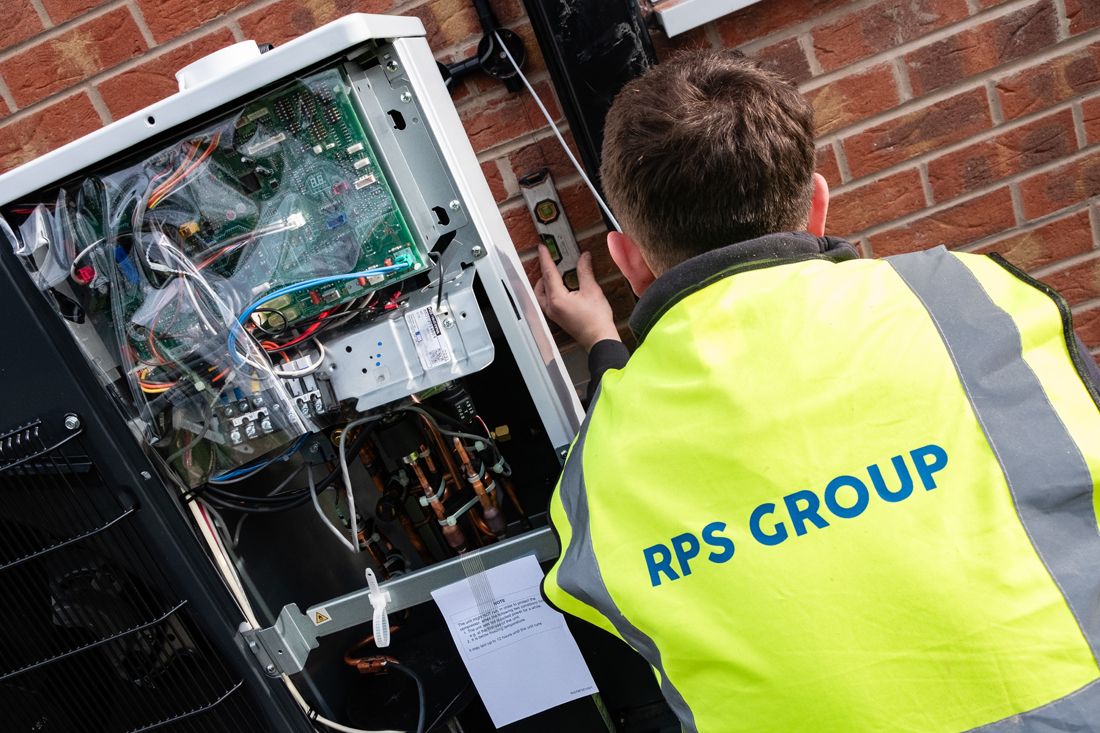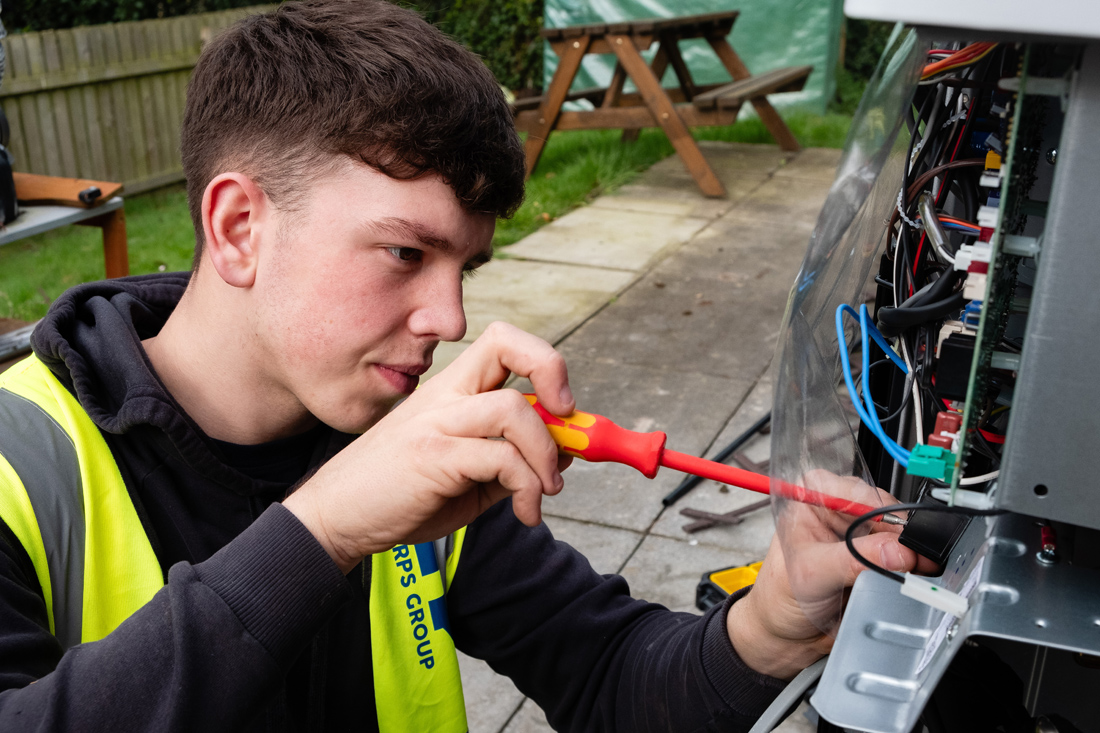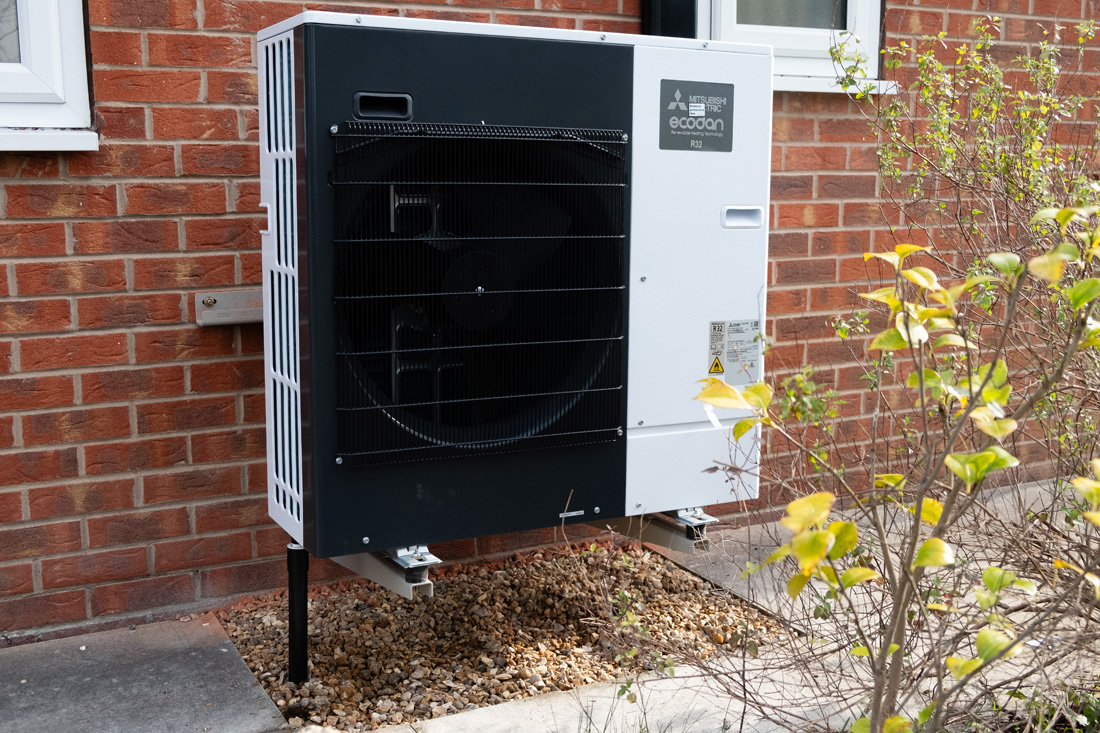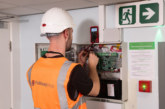Social landlord Together Housing is leading the drive for Net Zero homes in the North of England. Here, Senior Manager of Net Zero Jon Schofield and Senior Project Coordinator Sheridan Boyd share how they are working in partnership to decarbonise and improve thousands of homes.
With 38,000 properties spread across mostly Lancashire and Yorkshire, Together Housing has actioned an ambitious strategy to improve the energy efficiency of its current homes and move away from fossil fuel-based heating systems.
Together Housing is seeking a 50% total reduction in operational carbon impact over 10 years by 2030 and to ensure all new homes have an EPC A rating — plus generate up to 50 megawatts of renewable power using solar energy and battery storage systems.

Jon Schofield, Senior Manager of Net Zero at Together Housing explained: “Together Housing devised a carbon reduction strategy in 2021 that underpins all our investment in energy efficiency across our housing stock, and we’re committed to raising all our properties with an EPC rating of band D or below band C or above by 2030.
“This strategy has given rise to some major investments in retrofit programmes, particularly in what we call light retrofit: loft insulation, cavity wall insulation and underfloor insulation in non-traditional properties.”
“Rothwell Plumbing Services (RPS) is working with us to deliver a major heat pump programme, mostly across Yorkshire, and we’re aiming to install around 500 pumps year-on-year. We’re almost at the end of year two, with RPS installing heat pumps, assessing the fabric of the properties — things like the loft insulation or cavity insulation.
“I am not aware of another social landlord retrofitting homes at our scale — certainly not in the North of England, and it’s critical that procurement brings in experienced contractors that have the relevant skills and experience.”

Invaluable experience
Sheridan Boyd, Senior Project Coordinator, Together Housing continued: “My team is responsible for coordinating the eventual retrofit of all Together’s properties. Our procurement process places an emphasis on working with experience contractors, people who know and understand how to work with landlords and residents.
“Their skills and experience are invaluable — from undertaking the initial pre-entry surveys through to undertaking the installations and providing ongoing support to individual households. This includes lead contractors, such as RPS, working with Together’s internal teams to make sure we understand the new technologies being installed in homes — how they work and how we will manage them in the future.”
“But on a project of this scale, it is about learning lessons quickly and as you go and working with a contractor to improve the installations from one home to another.
“Air and ground source heat pumps can feel counterintuitive to residents compared to traditional gas boilers, particularly when people first start using them, and the challenge can be changing peoples’ mindsets. There’s a lot of misinformation out there about heat pumps, so it’s important that the contractor commissioning the system talk to the customer and explain how they work in the final stages of the installation.”
“RPS plays an important role in the process, engaging with the customers, and setting up systems to suit the needs of the household. It’s not a one-size-fits-all situation.”

Smart support
Sheriden continues: “Post-installation, we’ve benefited form the installer having the capability to remotely access analytics on air source heat pumps, monitoring how they are operating and how customers are using them. For example, RPS is responsible for heating systems for the first 12 months post-installation and is the first port of call for any problems via remote data and diagnostics this is a very useful part of their aftercare programme, and it gets used daily.
“To illustrate, we had situations last year where heat pumps had been installed in the summer, by the winter, the customer had forgotten some of the basics.
“We’d hear ‘It’s not working, my radiators aren’t getting hot, my heating is not working’. In this situation RPS has checked the settings remotely and made evidence-based recommendations to sort it. We knew it was not a technical issue and that the heating was probably not set at the right temperature, or they’d turned it off.”
Jon Schofield agreed:”Data is critical as it allows us to work smarter in terms of how we support customers and maintain the pumps — as well as monitoring how the pumps are being used by the tenants. We often see instances where tenants are repeatedly switching the systems off and on, disrupting the efficiency of the system. “Remote data access also allows us to diagnose underperforming systems and decide a course of action. This negates the need to initially send an engineer, which saves time and resources, and is more convenient for the customers.”
A close working relationship
Sheridan concluded:”If you set yourself the target of retrofitting 500 homes a year, you must take the time to build a consistent working relationship with your lead contractors, because it’s a big challenge, so the closer you can work (and learn) together the easier it should get.
“Experienced contractors, such as RPS, will not only deliver the physical and technical elements of the work, but also take a clear, honest, and concise approach to resident communications, and inevitably, where lessons have needed to be learnt, be willing to adjust alongside my team.”










